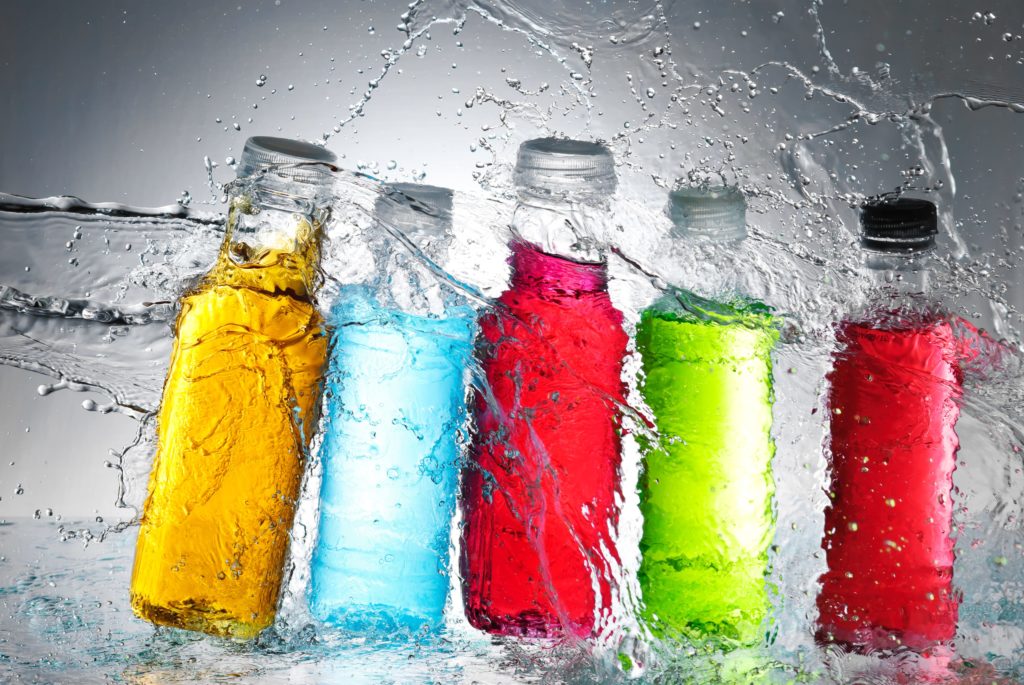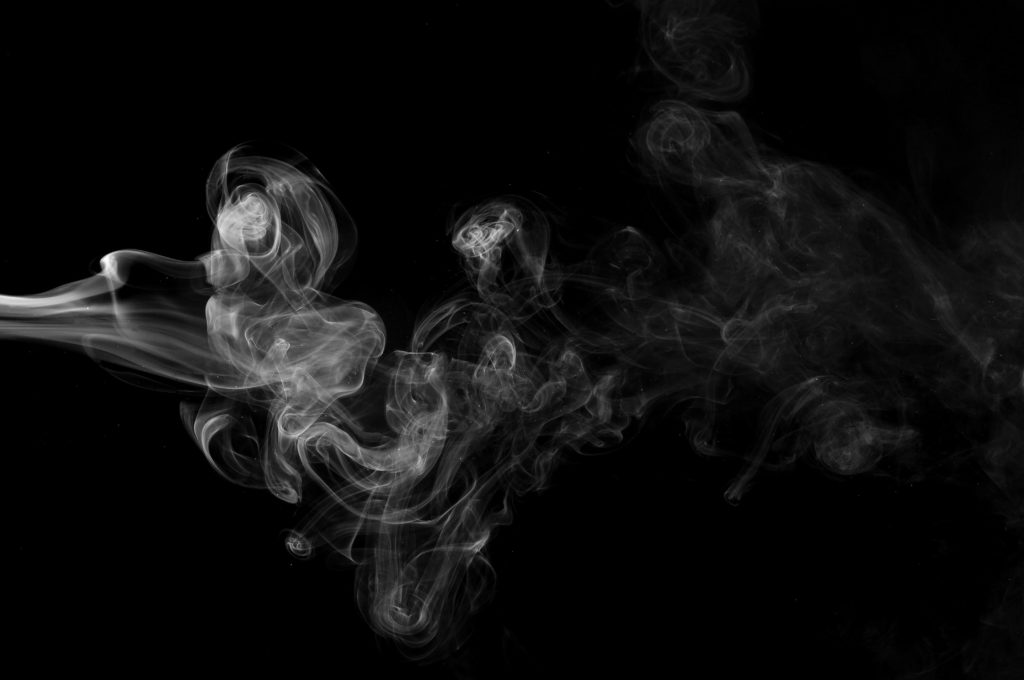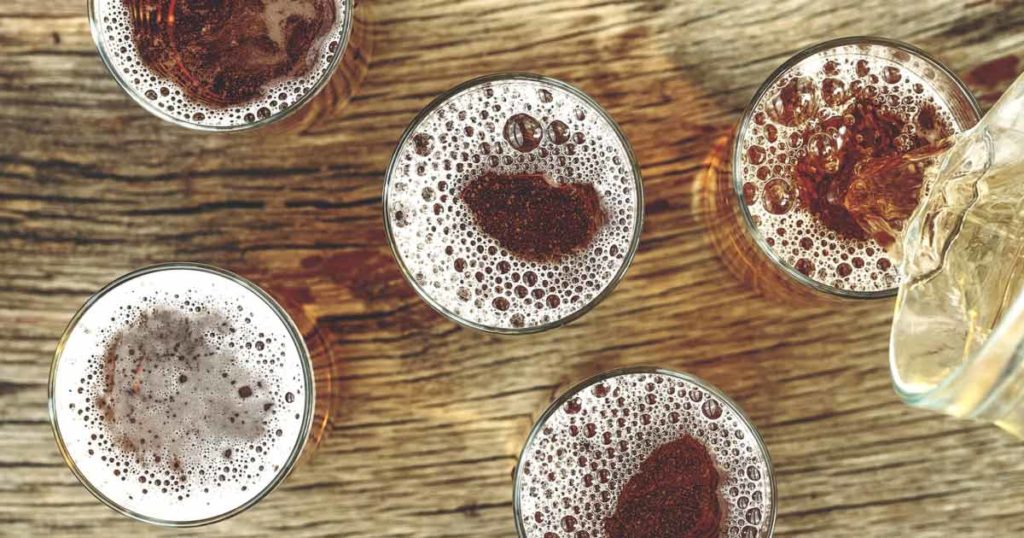For thousands of years, inhabitants of South America have chewed or brewed coca leaves in tea for increased energy and alertness. German chemist Albert Niemann isolated the active ingredient from the leaves in 1859 and published his findings the following year, calling it cocaine. By the 1880s, cocaine was used in numerous medicines in the U.S, and even in Coca-Cola, which contained about 60 mg of cocaine in a 250 ml bottle. Two of the oldest and most popular nicknames for cocaine are Coke or Cola. Fast forward many decades to America. Coined the glamor drug of the 1970s, cocaine was associated with celebrities, high rollers, glamorous parties and the disco scene. In the 1980s, crack cocaine was developed by processing the powder with ammonia or baking soda to create a solid smokable version. In 1985, the number of people who admitted to regular use of cocaine increased from 4.2 million to 5.8 million. The crack cocaine epidemic lasted about 10 years, with poor communities across the county hit especially hard due to its cheap cost and wide availability.
Cocaine Use Today
Cocaine is still expensive, although the price varies greatly by country. In the U.S., the average cost is about $66 per gram. A Global Drug Survey of more than 15,000 cocaine users worldwide uncovered some startling data about how easy and quick it is to buy cocaine. On average, 30% of users said they could get cocaine delivered within 30 minutes or less compared to 17% who said they could get pizza delivered in the same timeframe. Brazil placed first at 45%, while the U.S. came in 11th at 24%. In 2016, 10,375 people in the U.S. lost their lives to cocaine overdoses, a 52.4% increase from 2015. Washington, D.C., Rhode Island and Ohio experienced the highest death rates, while 15 states and D.C. experienced a significant increase from 2015. Since 2010, deaths involving both cocaine and opioids more than doubled, while cocaine deaths not involving opioids increased by 9%. Heroin and fentanyl are implicated in the recent spike in cocaine-related overdose deaths.
Cocaine Slang Names
Drug slang is so prevalent and ever-changing that The White House Office of National Drug Control Policy compiled a database of more than 2,300 drug culture terms. Like other illicit drugs, cocaine slang words number into the hundreds – so many in fact, they can be divided into different categories. A small sample divided into three groups includes the following:
Appearance-Related Names
- Bernie’s Flakes
- Big Flake
- Blanca
- Crack
- Flake
- Gold Dust
- Haven Dust
- Icing
- Line
- Pearl
- Paradise White
- Snow White
- Sleigh Ride
- White Powder
- White Mosquito
Popular Culture-Related Names
- All-American Drug
- California Cornflakes
- Double Bubble
- Flea Market Jeans
- Florida Snow
- Gift-Of-The-Sun-God
- King’s Habit
- Love Affair
- Late Night
- Movie Star Drug
- Schoolboy
- Studio Fuel
- Star-Spangled Powder
- Stardust
- Society High
Deceptive Street Names
- Base
- Beach
- Bobo
- Carney
- Candy
- Cars
- Clear Tires
- Cookie
- Duct
- Jelly
- Mosquitos
- Napkin
- Rooster
- Teenager
- Turkey
Signs of Cocaine Abuse
Although cocaine is a fairly short-acting drug, it can have devastating acute and chronic side effects. Use of slang words is one clue suggesting potential cocaine abuse, so it’s important for parents who suspect drug use in teens to learn them. Other possible signs of abuse include more obvious physical and behavioral changes.
Physical Changes
- Enlarged pupils
- Muscle twitches, tremors, dizziness
- Broken blood vessels in nose
- Nosebleeds
- Persistent runny nose
- Hoarse throat and voice
- Frequent headaches
- Decreased appetite
- Weight loss
- Malnourished appearance
Behavioral Changes
- Erratic, aggressive behavior
- Hyperactivity (e.g. unusually talkative)
- Periods of unusual elation
- Irritability, anxiety, restlessness or lethargy
- Paranoia and suspicious
- Panic attacks
- Neglecting important obligations (job, family, school)
- Increased isolation and withdrawal from normal activities
Life-Threatening Health Risks
- Narrowed blood vessels
- Increased heart rate, blood pressure and body temperature
- Heart attack and abnormal heart rhythm
- Intestinal gangrene (taken orally)
- Deadly allergic reactions (to additives like fentanyl)
- Seizures
- Strokes
- Coma
Cocaine addiction, like other types of drug addiction, causes changes in brain chemistry. Various social, familial and environmental factors also play a role. Treatment for cocaine addiction addresses this broad context, as well as any other co-occurring mental disorders and polydrug abuse, both of which are common in people who abuse it. Although pharmacological interventions currently do not exist for cocaine addiction alone, the drug disulfiram which is used for alcoholism, has shown promise in clinical trials.






